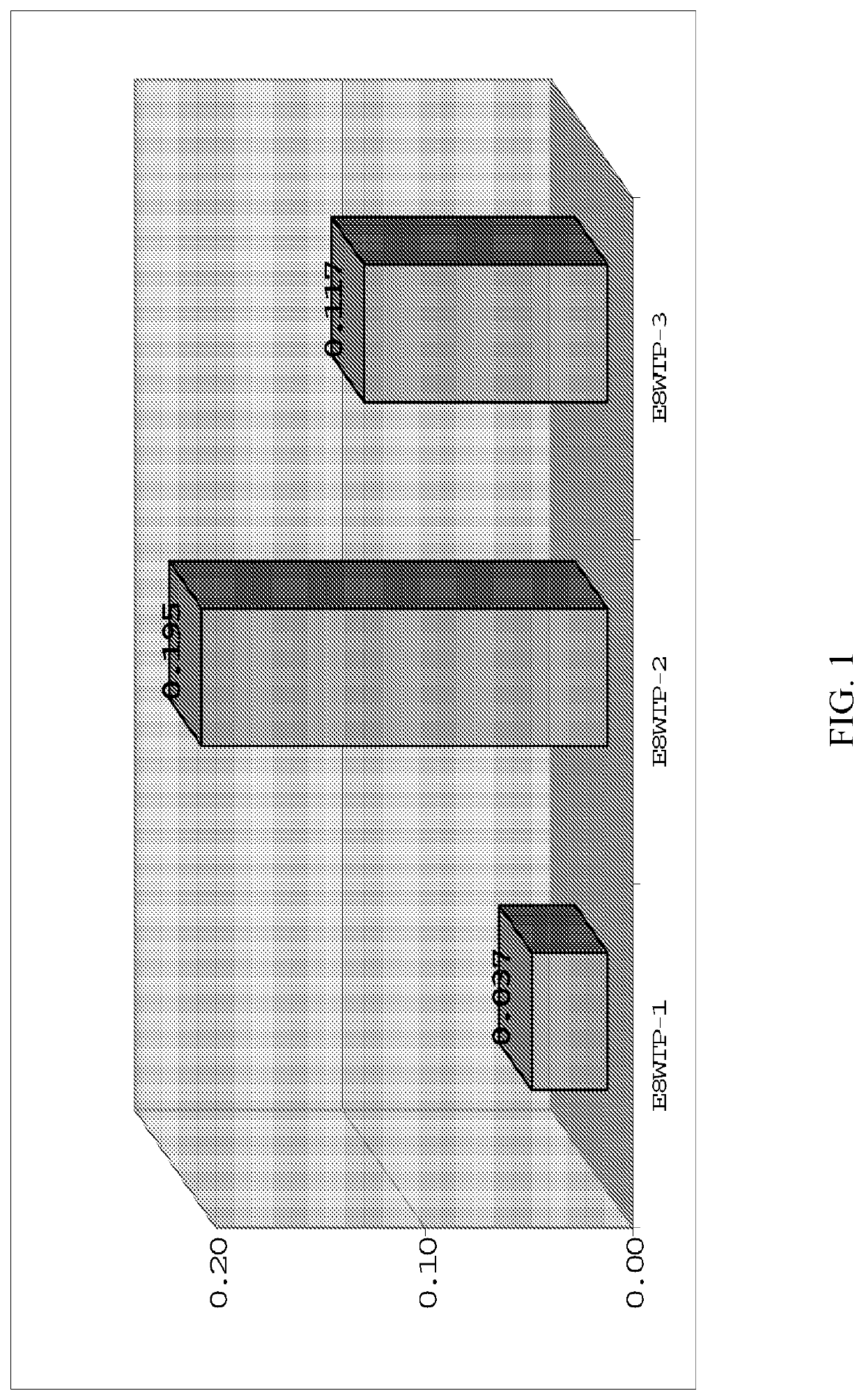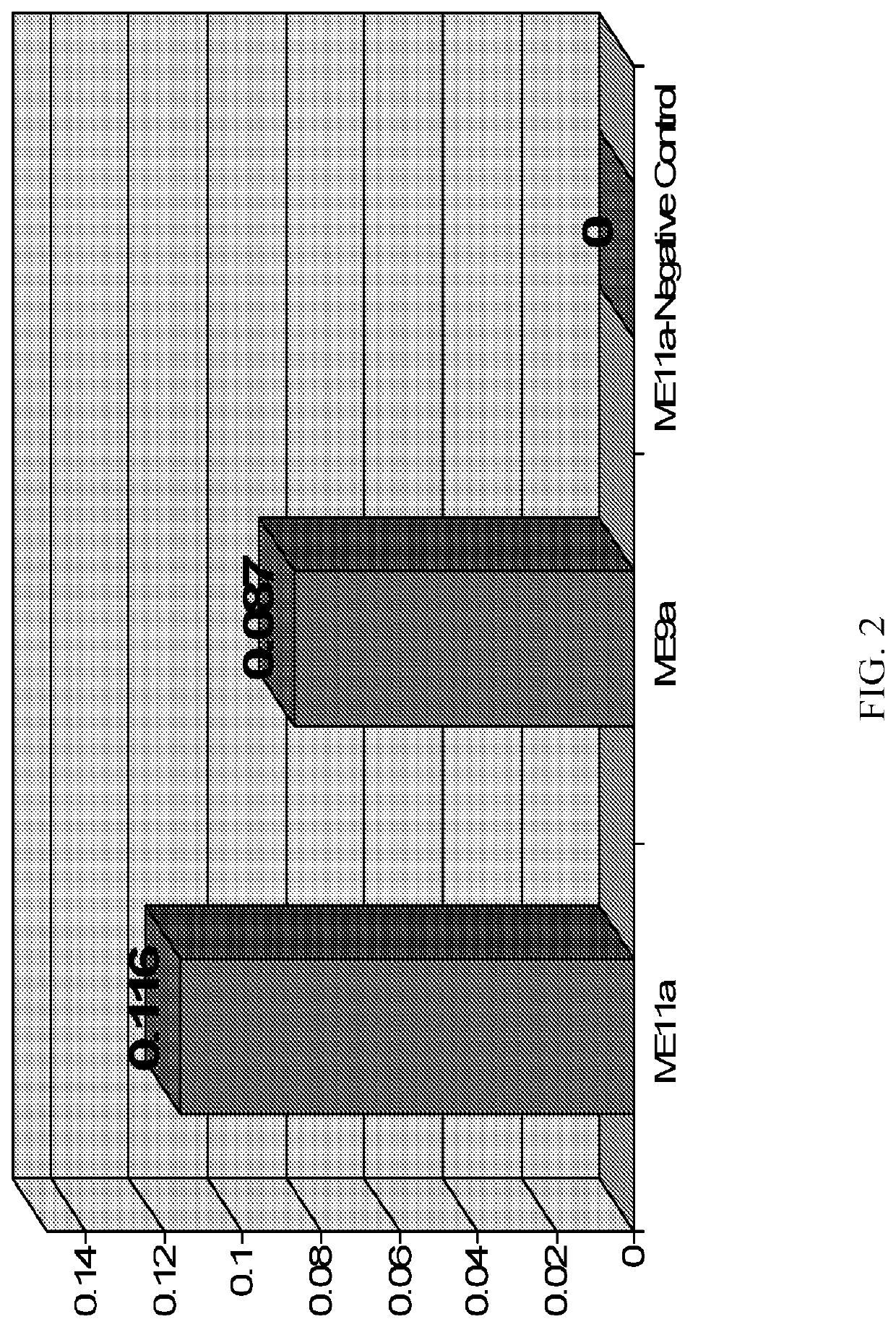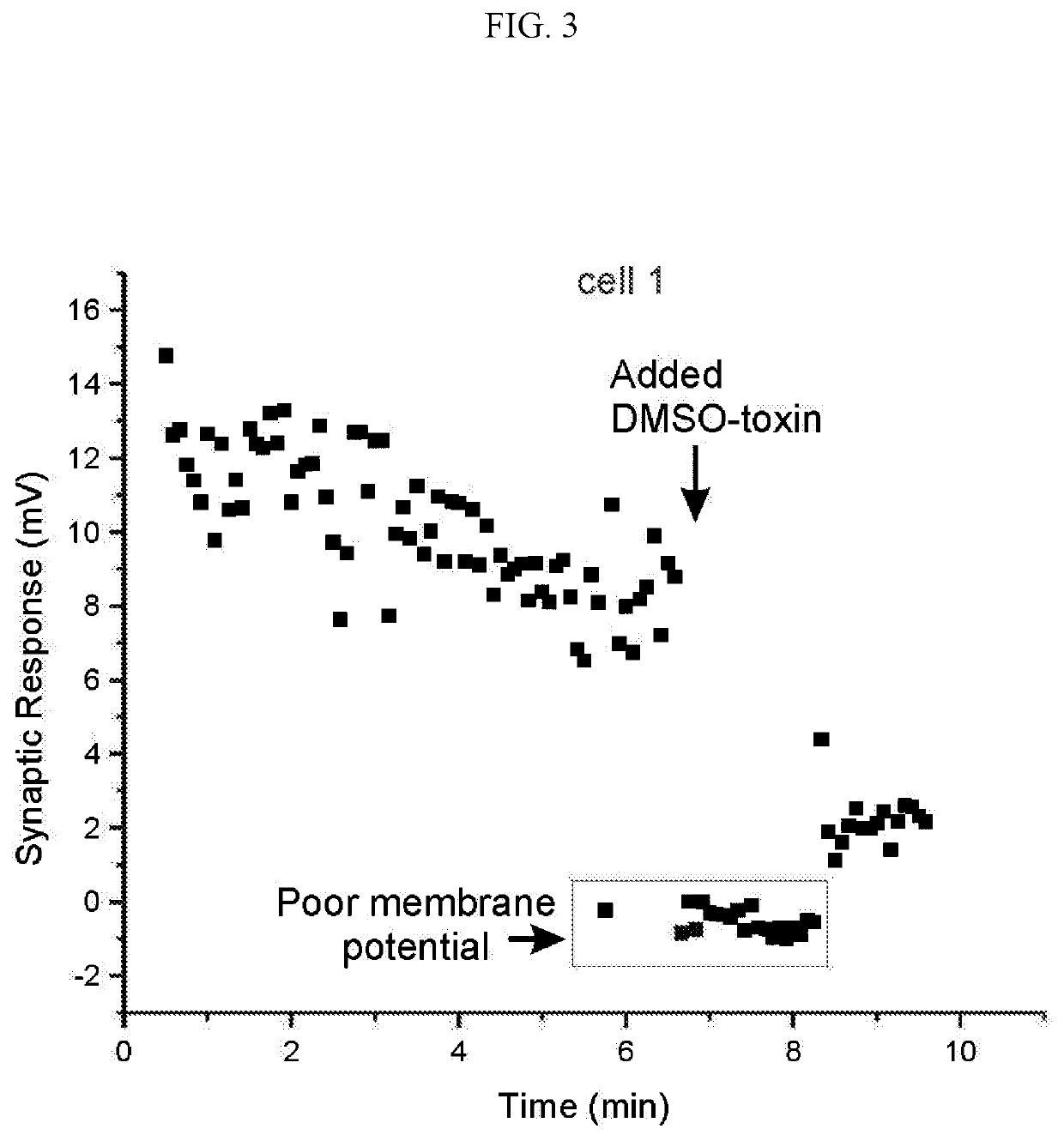Topical formulations and methods
a technology of topical formulations and formulations, applied in the field of topical formulations and methods, can solve the problems of difficult delivery of pharmaceutical, cosmetic and nutraceutical agents through the skin, skin irritation and sensitization problems, and the intercellular lamellar lipid bilayer in the sc is particularly problematic, so as to facilitate the diffusion of the drug and enhance the lipophilicity
- Summary
- Abstract
- Description
- Claims
- Application Information
AI Technical Summary
Benefits of technology
Problems solved by technology
Method used
Image
Examples
example 1
on of Stable Protein Microemulsions
[0128]Microemulsions were set up as “water-in-oil” emulsions starting with the preparation of a combined oil / surfactant phase first. Each component was added by weight on a scale. The relative ratios of each component are expressed as % weight of the total weight of the complete emulsion. The correctly formulated microemulsion constitutes a homogenous, optically clear and transparent liquid formed by mixing 3 principle constituents:[0129]1) Oil phase[0130]2) Surfactant / Co-surfactant phase, containing amphipol polymer A8-35[0131]3) Aqueous phase, containing an a neurotoxin (MCPT-201), buffer and, optionally, the TJ-modulating peptide.
[0132]In the formulation process, for the purpose of added flexibility in regard to the target concentration of active protein, the oil (1) and surfactant / co-surfactant phases (2) are combined into one aliphatic phase that can be prepared in bulk quantities ahead of time and stored separately. This aliphatic component (...
example 2
fusion Cell Studies
[0139]The purpose of these studies was to demonstrate proof of principle for transcutaneous passage of the positively charged MCPT-201 protein by way of a microemulsion carrier formulated with the subject skin penetration enhancers. Three principle skin penetration enhancers were compared assessing the transdermal flux of MCPT-201 in Franz cells mounted with porcine skin. The collected filtrate from these samples was then assayed for neuromuscular activity on isolated innervated murine diaphragm muscle.
[0140]Materials and Methods
[0141]Franz Cells for In Vitro Transdermal Flux Studies
[0142]Franz cells are glass devices comprising an upper chamber for the donor solution and a lower receiving chamber clamped together between which a diffusion barrier (skin tissue) is mounted. The skin diffusion barrier double serves as a sealing gasket between the upper and lower glass chambers. The receiving chamber is filled with buffer and contains a magnetic stir bar. The donor c...
example 3
ty Assay
[0173]The bioactivity of the receiving chamber fraction from each of the above samples was determined in an in vitro mouse diaphragm assay. Three samples were assayed as follows: 1) DMSO-treated toxin (corresponding to ME9a fraction), 2) non-DMSO toxin (corresponding to ME11a fraction) and 3) negative control (corresponding to ME11a-NC fraction). All were tested with the mouse diaphragm neuromuscular junction.
[0174]Specifically, 60 ul of the DMSO-treated toxin was added to the diaphragm in 2 ml of saline. (FIGS. 3 & 4) Four more cells were recorded for another 20 minutes after cell 2 and there was still a moderate response. The non-DMSO toxin (50 ul in 2 ml) was then added to cell 6 (FIG. 5). The synaptic response continued to get smaller over the next hour. Four more cells were tested after cell 7. (FIG. 6). The negative control was tested on a separate diaphragm and recorded from 5 cells. As expected, the synaptic response remained strong for over an hour with the negative...
PUM
| Property | Measurement | Unit |
|---|---|---|
| boiling points | aaaaa | aaaaa |
| pH | aaaaa | aaaaa |
| time | aaaaa | aaaaa |
Abstract
Description
Claims
Application Information
 Login to View More
Login to View More - R&D
- Intellectual Property
- Life Sciences
- Materials
- Tech Scout
- Unparalleled Data Quality
- Higher Quality Content
- 60% Fewer Hallucinations
Browse by: Latest US Patents, China's latest patents, Technical Efficacy Thesaurus, Application Domain, Technology Topic, Popular Technical Reports.
© 2025 PatSnap. All rights reserved.Legal|Privacy policy|Modern Slavery Act Transparency Statement|Sitemap|About US| Contact US: help@patsnap.com



